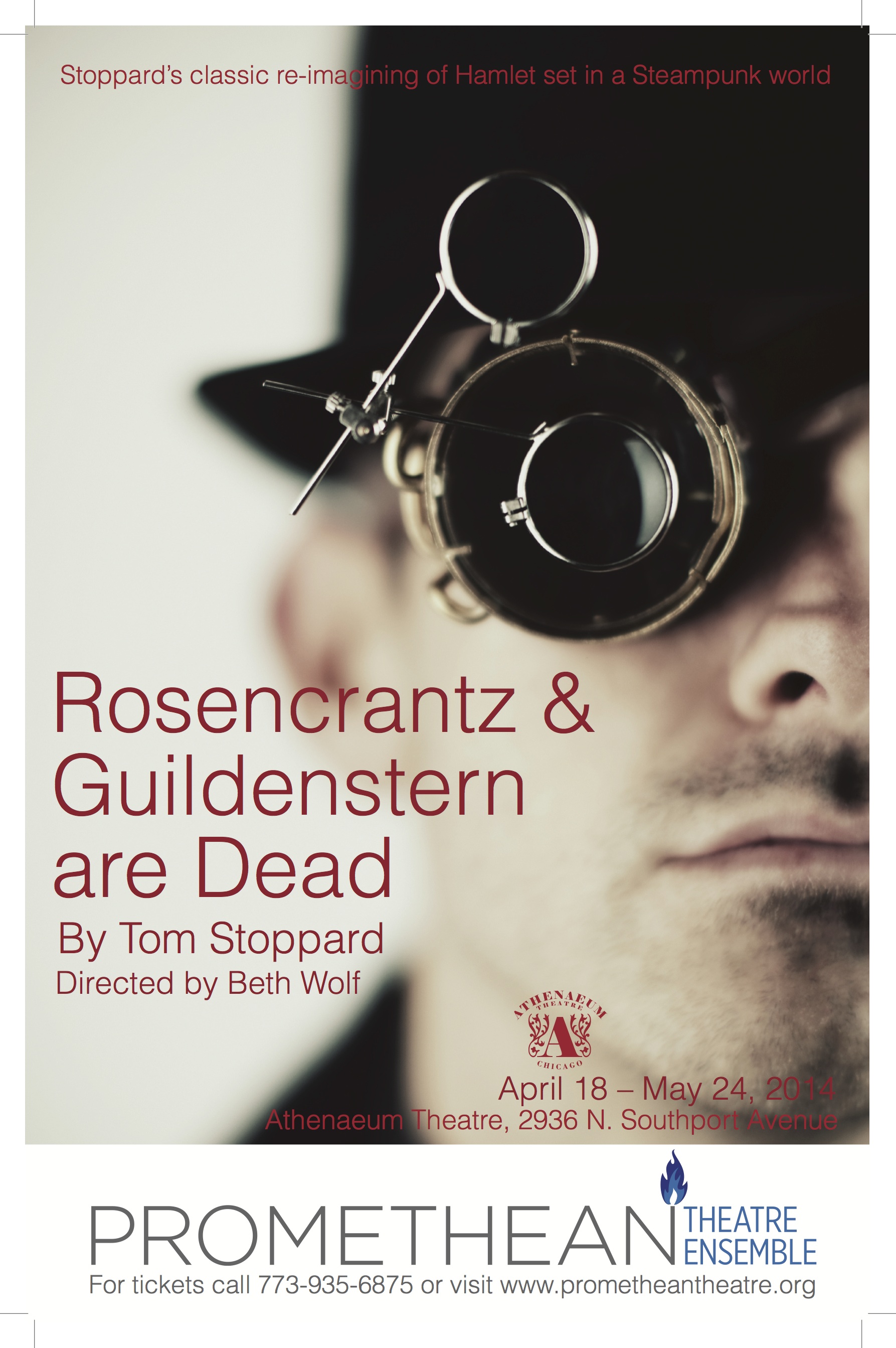 The Promethean Theatre Ensemble adds steampunk to their production of Tom Stoppard’s Rosencrantz and Guildenstern Are Dead. The play reinvisions Shakespare’s Hamlet from the absurdist perspective of two of its minor characters.
The Promethean Theatre Ensemble adds steampunk to their production of Tom Stoppard’s Rosencrantz and Guildenstern Are Dead. The play reinvisions Shakespare’s Hamlet from the absurdist perspective of two of its minor characters.
Director (and Promethean Artistic Director) Beth Wolf kindly took the time to answer a few questions.
1.What inspired the steampunk flavor of this production?
The idea to set the play in a Steampunk world was an organic discovery. I definitely didn’t set out to choose a specific concept for the show. In fact, I’ve never been a “high concept” kind of director. But one day a year ago, the Steampunk idea occurred to me spontaneously – Guildenstern might call it “divine intervention”. Immediately, the idea felt absolutely right for this script, even before I was really able to articulate why. After getting deeper into the production process, though, now I can articulate the many reasons why it really works: primarily, on a thematic level, Stoppard’s play blends the classical world of Hamlet with an imagined, other world, just as Steampunk blends a Victorian sensibility with an inventive, steam-powered world. This tension between the known and the unknown is a major focal point of the script, which we can mirror in the design of the production. More tangibly, the archetypes that you often see in the Steampunk world – the aesthete, the tinkerer, the traveler – are mirrored in various characters in the play. And there are so many discoveries to be made with the idea of using found objects for props, instruments, and even scenic elements, really embracing the “DIY” aspect of Steampunk culture.
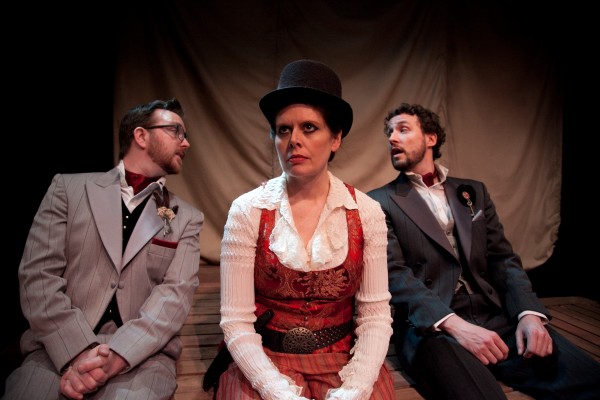 2 Steampunk re-envisions the past. Stoppard re-envisions Shakespeare in Rosencrantz and Guildenstern Are Dead. How do you see this production re-envisioning Stoppard?
2 Steampunk re-envisions the past. Stoppard re-envisions Shakespeare in Rosencrantz and Guildenstern Are Dead. How do you see this production re-envisioning Stoppard?
My primary goal as a director is to let Stoppard’s extraordinary text speak for itself, and to let the characters and their relationships find room to live and breathe within the world we have created. Stoppard’s reinvention of the world of Hamlet is so intricate that our job is to bring it to life (rather than focus the production on huge design elements or spectacle). The Steampunk aesthetic will absolutely color and shape this production, but ultimately, my hope is that audiences will leave with an appreciation for the storytelling, that they will feel as though they have gone on a journey with the characters. I guess another way to put it is that we want the Steampunk to serve the story, and not the other way around.
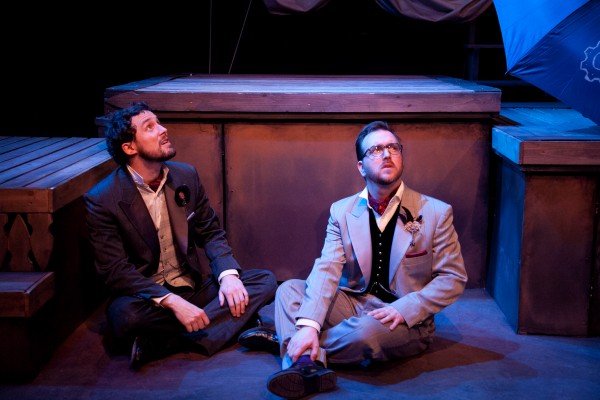 3 The characters of Rosencrantz and Guildenstern are thought to be two of Shakespeare’s least developed characters, a point that Stoppard expands. What does the Ensemble look for actors to bring to these roles?
3 The characters of Rosencrantz and Guildenstern are thought to be two of Shakespeare’s least developed characters, a point that Stoppard expands. What does the Ensemble look for actors to bring to these roles?
One of the best things about Stoppard’s play is that it is hilariously funny. In fact, after Stoppard’s play originally came out, I think it dramatically changed the way these two characters are played in productions of Hamlet: most productions now make them funny characters. Many modern productions even borrow Stoppard’s running gag about mixing up their names, which doesn’t explicitly happen in the text of Hamlet. The humor in the show meant that I was looking for two actors with a great sense of comic timing, as well as a strong ability to handle Stoppard’s complex language and wordplay. Nick Lake (Rosencrantz) and Tom McGrath (Guildenstern) are definitely my guys! They are both such skilled actors with fantastic comedic sensibilities. What’s really great about working with them is that we’ve all known each other for over a decade. So that translates to a lot of fun in the rehearsal room – we’re all comfortable with each other, and so they really feel the freedom to play with each other to discover ways to develop their characters’ relationship. At the same time, because they are both such talented actors with such a great range, they also can beautifully relate the serious moments in the show.
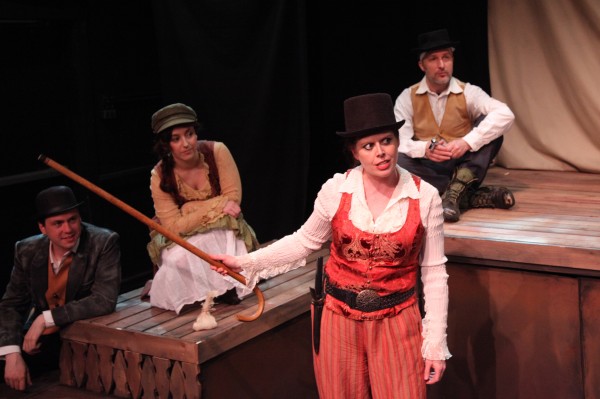 4. How familiar with Hamlet does the audience need to be in order to enjoy the play?
4. How familiar with Hamlet does the audience need to be in order to enjoy the play?
There’s a moment in the play when Guildenstern says to another character, “Operating on two levels, are we?” That’s the best way I can think to describe the show. On the one hand, I do think that at least a very basic familiarity with the story of Hamlet – what most people remember from high school — will enhance an audience member’s experience of the show. And if an audience member has a detailed knowledge of Shakespeare’s play, then he or she will probably pick up on more of Stoppard’s references than the next guy. On the other hand, though, there is so much to relate to, regardless of any link to the original Hamlet; the story follows these two guys who are thrust out of their comfort zone into unfamiliar territory, and grapple with the Big Ideas of fate, their life’s purpose, and facing their own death.
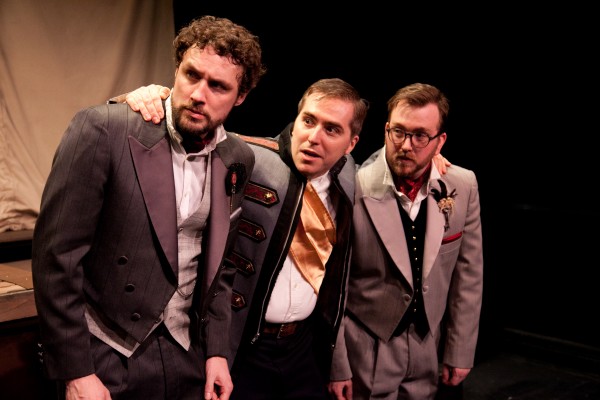 5. What’s ahead for the Promethean Theatre Ensemble?
5. What’s ahead for the Promethean Theatre Ensemble?
Rosencrantz and Guildenstern are Dead will close out Promethean’s eighth season, but we are already getting excited for our ninth season next year. In the fall 2014, ensemble member Brian Pastor will direct William Shakespeare’s A Winter’s Tale, and then in the spring 2015, ensemble member John Arthur Lewis will direct Tiger at the Gates by Jean Giradoux. We will also present our popular annual An Evening of Shakespeare in February 2015, an informal collection of Shakespeare scenes presented in the back room of a pub.
Bonus question: Is there any chance of an adaptation of that other re-envisioning of Hamlet, Bob & McKenzie’s Strange Brew?
Ha! Probably not, unless Rick Moranis wants to come work with us. You know, I’ve never actually seen the movie, I’ve only heard about it. I’ll have to check if it’s on Netflix!
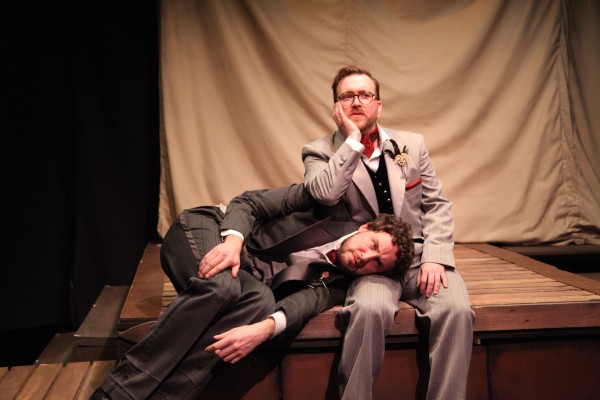 Rosencrantz and Guildenstern Are Dead runs April 18 – May 24, 2014, at the Athenaeum Theatre at 2936 N Southport Ave, Chicago, IL. Tickets are available at https://web.ovationtix.com/trs/pr/929460.
Rosencrantz and Guildenstern Are Dead runs April 18 – May 24, 2014, at the Athenaeum Theatre at 2936 N Southport Ave, Chicago, IL. Tickets are available at https://web.ovationtix.com/trs/pr/929460.

There are no voices yet... Post-script us a message below, won't you?